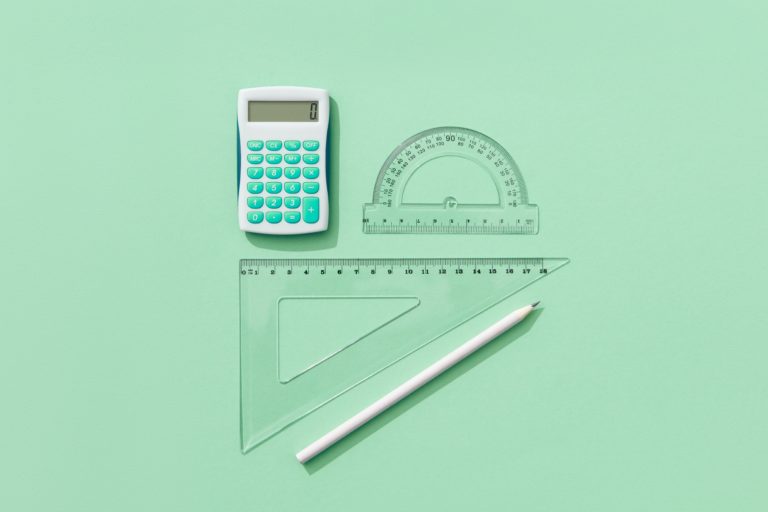I want to talk about an aspect of maths that often flies under the radar but holds incredible potential for your child’s growth: number flexibility.
What is number flexibility? Simply put, it’s the ability to understand, use and manipulate numbers in various ways. It’s like seeing numbers as versatile building blocks, rather than rigid entities with a single function. The power of number flexibility is that it’s all about exploring different routes to a solution, not just following one ‘right’ way.
Why does this matter? Because life, like maths, doesn’t always follow a straightforward path. Being able to adapt, think creatively, and solve problems from different angles is a skill that will serve your child in the classroom and beyond. It’s this very ability that can turn maths from a subject to be feared into a world full of exciting possibilities.

One fantastic way to encourage number flexibility is by presenting your child with open-ended problems. These are problems that don’t have a single correct answer but allow for a multitude of solutions. For instance, challenge your child to think of all the ways they can make the number 10 using only addition. It’s a fun exercise that gets their creative juices flowing and hones their problem-solving skills.
Another tip is to use visual aids to help your child understand how different numbers can combine to create a larger number. This could be as simple as using blocks or beads, or even drawing pictures. This hands-on approach not only reinforces the concept of number flexibility but also builds a solid foundation in number sense.

By promoting number flexibility, we’re helping our children develop a growth mindset – the belief that with hard work and determination, they can improve their skills. This mindset will help your child face challenges with resilience, and see ‘failure’ as an opportunity for learning and growth.
So, why should we encourage children to embrace number flexibility in maths? Here are three key benefits:
- Confidence Boost: When children find their own ways of solving problems, they gain confidence in their abilities. They learn that there’s no single ‘right’ way to solve a problem, and their unique approach is just as valid.
- Enhanced Creativity: Exploring different approaches to problem-solving allows children to flex their creative muscles. They’ll learn to think outside the box and come up with innovative solutions.
- Critical Thinking Skills: Problem-solving requires critical thinking skills. By encouraging children to find their unique ways of solving problems, we’re helping them develop these skills. They’ll learn to analyse problems, identify patterns, and make connections between different concepts.

By encouraging number flexibility, we’re setting our children up for maths success and equipping them with skills that will serve them throughout life. Remember, maths isn’t about finding the ‘right’ answer – it’s about exploring, experimenting, and having fun along the way!






